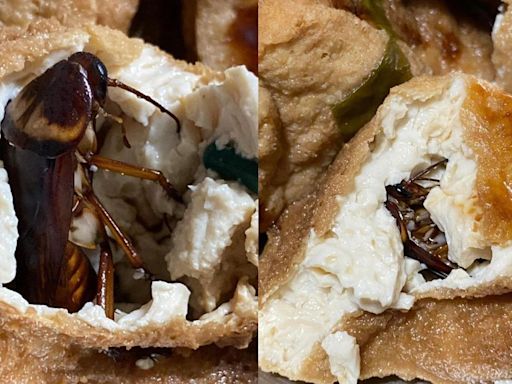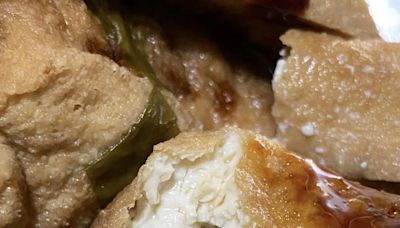搜尋結果
A dish known as narezushi (馴れ寿司, 熟寿司, "matured fish"), stored in fermented rice for possibly months at a time, has been cited as one of the early influences for the Japanese practice of applying rice on raw fish. The fish was fermented with rice vinegar, salt, and rice, after which the rice was discarded. [6]
Description. This species is usually less than 50 mm (2.0 in) in length. It has a yellow body with an identifying red mantle margin which has two semi-permanent mantle folds about mid-body. The rhinophores and branchia ( gills) are yellow.
Sea slug. The nudibranch Nembrotha aurea is a gastropod. A sea cucumber also looks slug-like and is sometimes loosely called a "sea slug", but it is not a gastropod. Sea slug is a common name for some marine invertebrates with varying levels of resemblance to terrestrial slugs.
- Confusion Over Nomenclature
- Distribution
- Description
- Ecology
- As An Invasive Species
- External Links
The Spanish slug was identified as Arion lusitanicus when it was first reported as an invading species in France in 1956, and hence it is sometimes called the Lusitanian slug (e.g.). This was a case of misidentification. In slugs, it is often impossible to find external characters that distinguish closely related species using external features, as...
The native distribution of Arion vulgaris is not exactly known. Genetic evidence (the higher incidence of rare alleles) suggests an origin in France or Spain, contrary to earlier genetic analyses that did not adequately sample these regions. In Britain the slug was first recorded in 1954, which is not an indication of it being native there. It is p...
The size of the adult slug is 60–140 mm. The colour ranges from yellow to black, but is most commonly brick-red, dirty orange, or brown. The tentacles are darker. Adult A. vulgaris may not differ in external appearance from Arion rufus, and so reliable identification requires dissection to examine the genitalia. In contrast, the juveniles of these ...
The habitat of Arion vulgarisincludes all agricultural ecosystems, as well as natural environments such as river and lake margins, forest edges, forests in valleys or meadows. In Switzerland it has been found up to 1700 m altitude. It is a serious agricultural and horticultural pest in large parts of Europe, eating a cosmopolitan range of growing p...
Arion vulgaris is considered among the 100 worst alien species in Europe in DAISIE European Invasive Alien Species Gateway, and this is the only land gastropod among them. Arion vulgaris is the worst slug pest in Europeand it has an important economic, ecological, and social impact. The local name of the slug in the regions it has invaded is typica...
Arion vulgaris at Animalbasetaxonomy,short description, distribution, biology,status (threats), imagesArion vulgaris images at Encyclopedia of LifeThe Limacodidae or Eucleidae are a family of moths in the superfamily Zygaenoidea or the Cossoidea; [2] the placement is in dispute. They are often called slug moths because their caterpillars bear a distinct resemblance to slugs. [3] They are also called cup moths because of the shape of their cocoons.
The Aeolidida is a taxonomic clade of sea slugs, specifically aeolid nudibranchs, marine gastropod molluscs in the clade Cladobranchia. [1] [2] They are distinguished from other nudibranchs by their possession of cerata containing cnidosacs . [3] Taxonomy. Superfamily Flabellinoidea (= Pleuroprocta) Bergh, 1889 [4]
Anatomy of a slug. Banana slugs ( Ariolimax) are a genus of North American terrestrial slugs in the family Ariolimacidae. [1] They are often bright yellow (giving rise to the "banana" common name) although they may also be greenish, brown, tan, or white. Species within the genus Ariolimax include: Synonyms: Banana slug in Washington.











